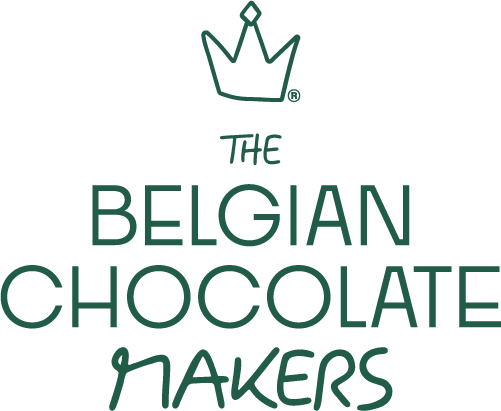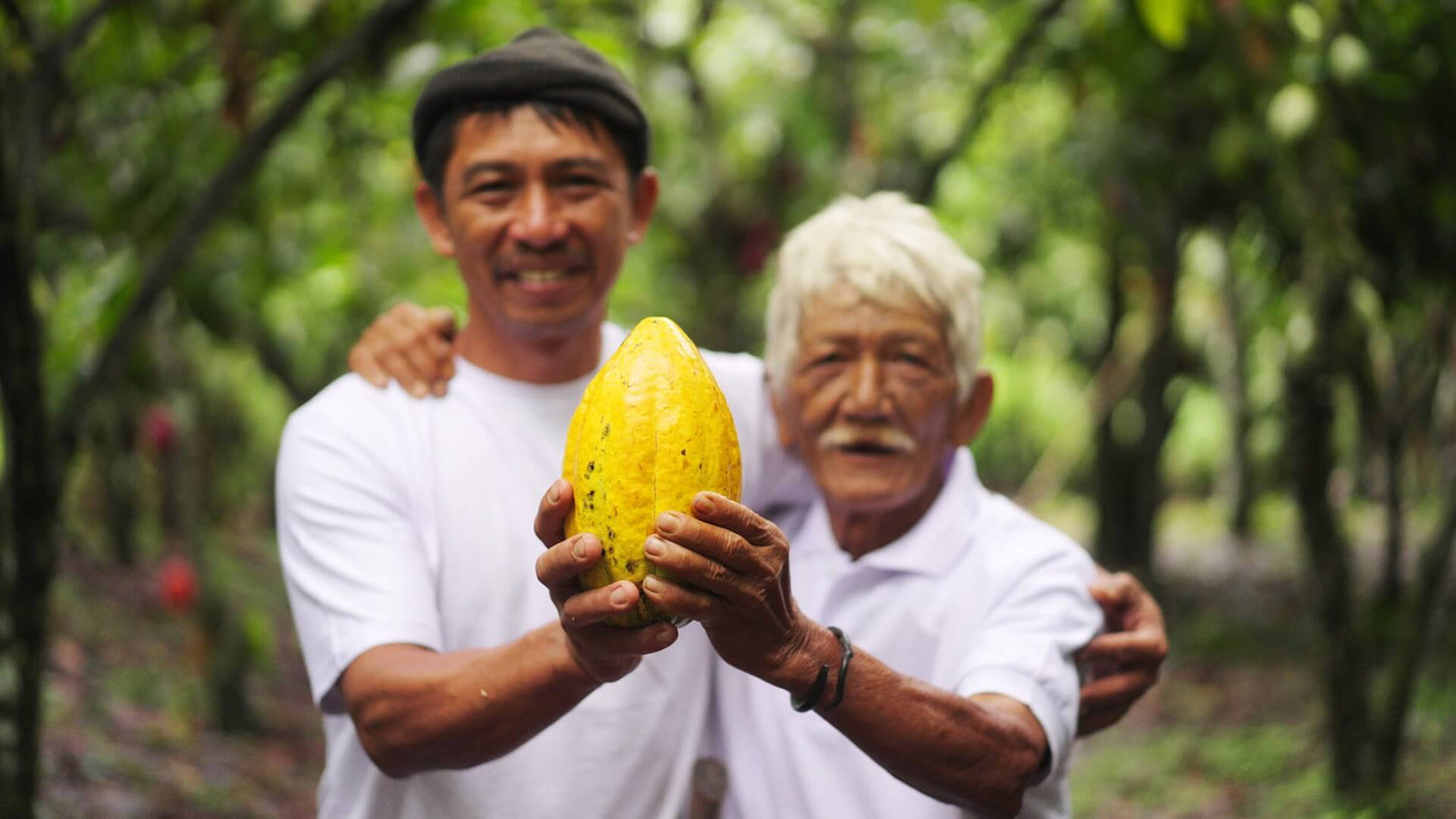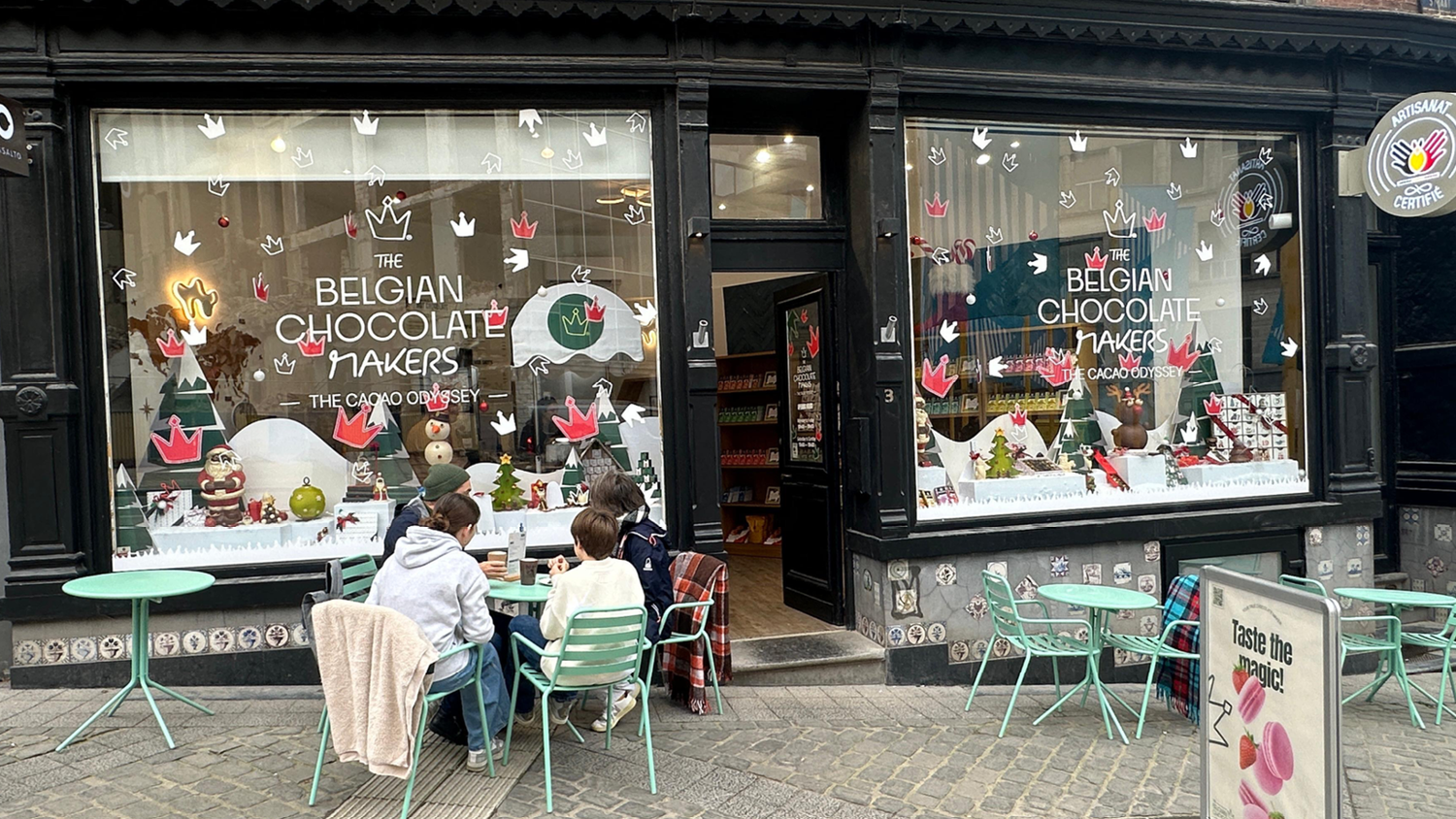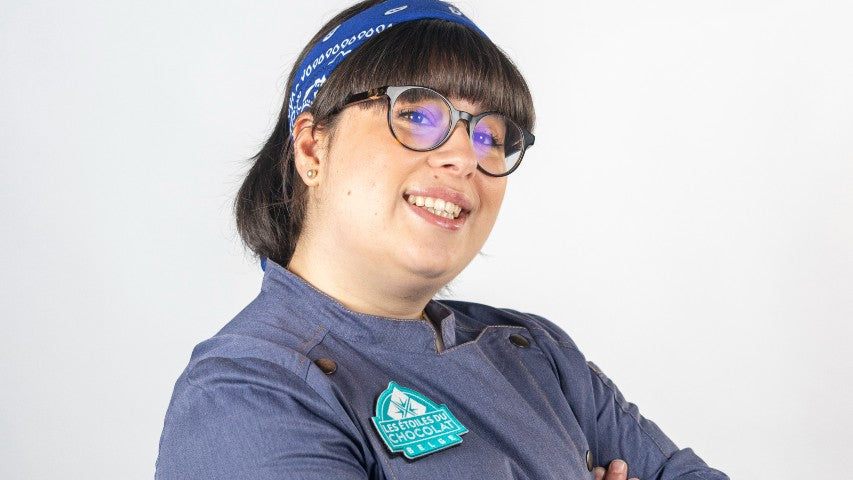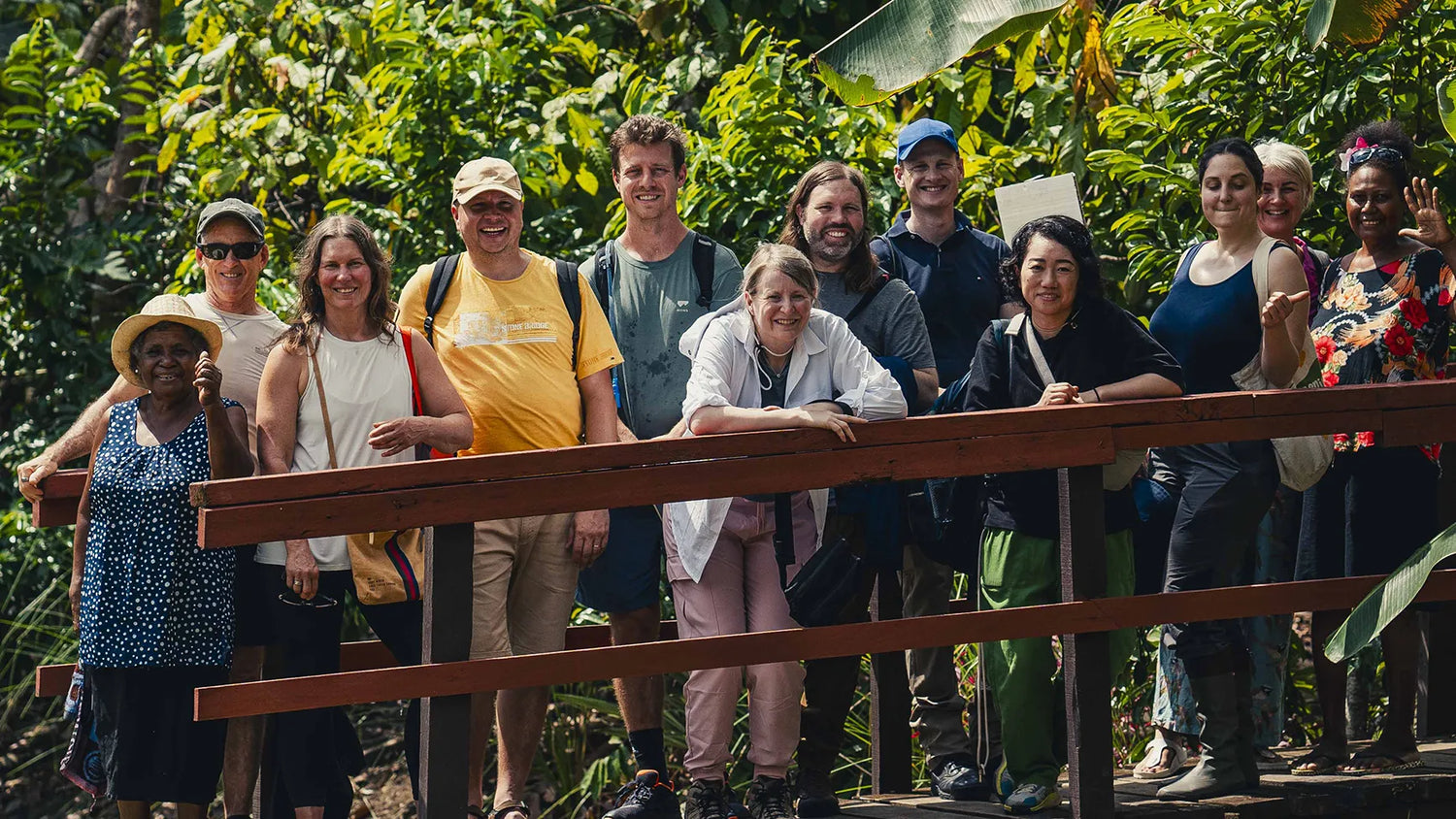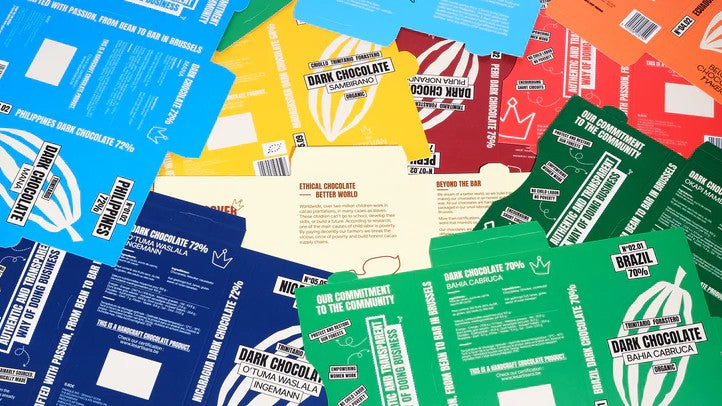A. Certification process: who gets to certify?
From 1 January 2025, only control bodies formally recognised by the EU can certify organic cacao destined for Europe. This replaces the old “equivalence” model, where national or private certifiers could issue valid certificates as long as they broadly aligned with EU standards. Now, full compliance with EU rules is non-negotiable.
For certification bodies themselves, the bar has been raised. During the transition, several established players faced uncertainty over their recognition status. Some secured approval, while others were suspended, leaving exporters and cooperatives stuck in limbo, unable to confirm shipments, sign contracts, or plan effectively during critical harvest months.
B. Product verification: stricter, more frequent testing
Certification is no longer based only on audits and paperwork. It now relies just as much on direct testing of cacao lots. Residue testing is more frequent, more precise, and often carried out with cutting-edge lab technology capable of detecting even trace contamination.
To maintain certification, companies must regularly sample cacao, ship those samples to EU-accredited labs, and then wait one to two weeks for results. These tests are mandatory to pass audits by recognised control bodies. While this bolsters the integrity of organic cacao, it also introduces delays, administrative burdens, and higher costs, felt most acutely in smallholder supply chains.
➤ Impacts across the value chain
- Certification disruptions have created bottlenecks across the supply chain. Cash flow is constrained, as producers cannot invoice or ship while awaiting lab results.
- In volatile markets, a 1–2 week delay can push producers to skip certification altogether in order to sell quickly and lock in pricing.
- Testing and administrative costs are eroding already thin margins.
- The constant need to prove organic status at every stage makes compliance, and even survival, harder for smallholder-based supply chains.
